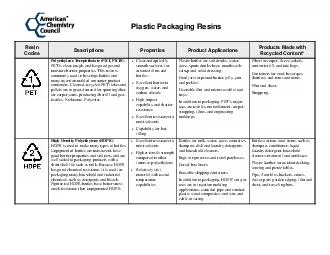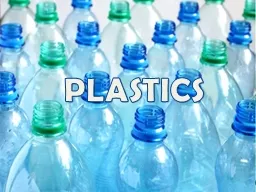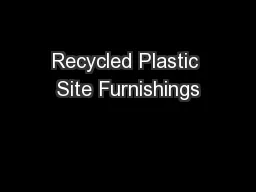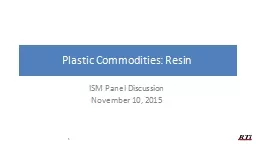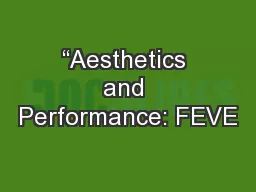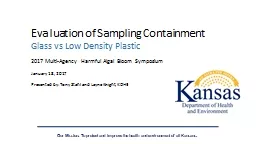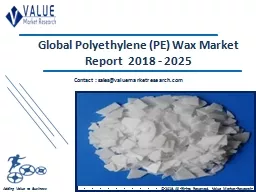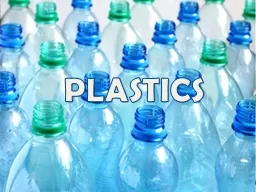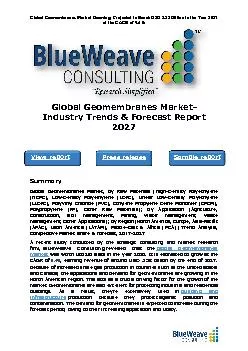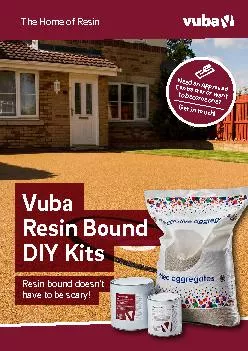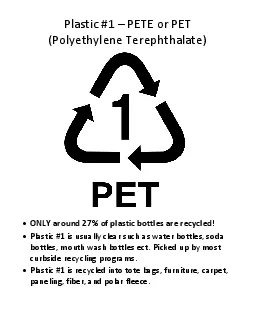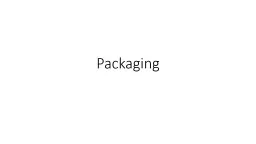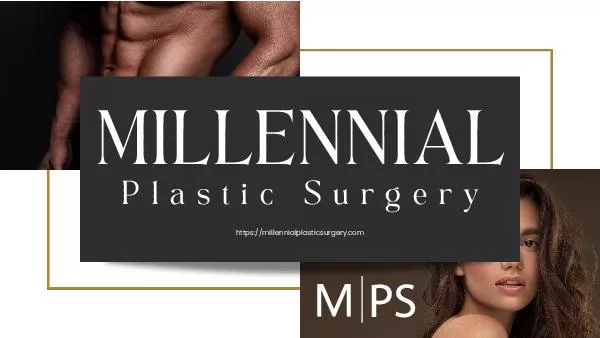PDF-Plastic Packaging Resins Resin Codes Descriptions Properties Product Applications Products
Author : alida-meadow | Published Date : 2014-12-23
PET is clear tough and has good gas and moisture barrier properties This resin is commonly used in beverage bottles and many injectionmolded consumer product containers
Presentation Embed Code
Download Presentation
Download Presentation The PPT/PDF document "Plastic Packaging Resins Resin Codes Des..." is the property of its rightful owner. Permission is granted to download and print the materials on this website for personal, non-commercial use only, and to display it on your personal computer provided you do not modify the materials and that you retain all copyright notices contained in the materials. By downloading content from our website, you accept the terms of this agreement.
Plastic Packaging Resins Resin Codes Descriptions Properties Product Applications Products: Transcript
PET is clear tough and has good gas and moisture barrier properties This resin is commonly used in beverage bottles and many injectionmolded consumer product containers Cleaned recycled PET flakes and pellets are in great demand for spinning fiber f. Your challenge:. Make a lampshade – a piece of functional design. OR. transform materials into a representational sculpture. Parameters:. Use only one material (in addition to structural / joining materials – e.g. wire, zip ties. What is a Plastic?. Definition of Plastic from . www.dictionary.com. - any. . of. a group . of. . synthetic. . or. . natural. . organic. materials that . may. . be. . shaped. . when. . soft. ForeSite is a division of Bedford Technology. Manufacturer of benches, picnic tables and recycled profiles. Since . 1990, Bedford Technology has been recognized as one of the most experienced and reliable manufacturers . ISM Panel Discussion. November 10, 2015. 1. Plastics: Resin Commodities. Why is understanding the resin markets important?. What are the key drivers which influence resin market prices?. Current Market conditions. Fluoropolymer. Resins for Powder Coatings”. Bob . Parker . D D Webinar. April 25, 2013. FEVE Powder Resins. Outline:. . Overview of “FEVE” resin technology. Determination of best properties for an FEVE powder coating resin. Evaluation of Sampling Containment. Glass vs . Low Density Plastic. 2017 Multi-Agency Harmful Algal Bloom Symposium. January 18, 2017. Presented by: Tony Stahl and Layne Knight, KDHE. Effect . of . S. Polyethylene Wax Market Report published by value market research, it provides a comprehensive market analysis which includes market size, share, value, growth, trends during forecast period 2019-2025 along with strategic development of the key player with their market share. Further, the market has been bifurcated into sub-segments with regional and country market with in-depth analysis. View More @ https://www.valuemarketresearch.com/report/polyethylene-pe-wax-market PLASTICS What is a Plastic? Definition of Plastic from www.dictionary.com - any of a group of synthetic or natural organic materials that may be shaped when soft and then The global geomembrane market was worth USD 1.93 Billion in 2020 and is further projected to reach USD 3.58 Billion by 2027, at a CAGR of 9.4% during 2021-2027 Resin bound doesn’t have to be scary!
Need an Approved Contractor or want to become one?Get in touch!
Vuba was established in 2009 as a specialist manufacturer and distributor of resin products Plastic 2 HDPE High Density PolyethyleneONLY 28 of HDPE milk jugs and water bottles are recycled and 12 of all plastic bags make it to recycling facilitiesPlastic 2 is typically opaque such as milk ju to wrapping or covering any items including food to protect from damage / spoilage and present aesthetic look. . Packaging . of food items are used to extend the keeping quality and minimize contamination. . Millennial Plastic Surgery is the premier plastic surgery clinic in New York City, with convenient locations in Midtown Manhattan and the Bronx.
The clinic is led by an accomplished plastic surgeon Dr. David Shokrian, who specializes in a wide range of cosmetic and reconstructive procedures. Since 2008, Dr. David Shokrian has refined his skills and expertise to become the most-requested plastic surgeon in NYC. He\'s popular, patient, caring, and professional while consistently delivering exceptional results safely and effectively. His patients describe him as knowledgeable, empathetic, and approachable. Dr. Shokrian\'s expertise spans from full-body lift surgery to 360 liposuctions, tummy tucks, fat removal, breast augmentation (reductions and enlargement), butt lifts, and facelifts to chin liposuction to meet any cosmetic need or desire. He is also well-known in the LGBTQ+ community and considered among the top gender-affirming surgeons boasting extensive experience and compassion, paying attention to your well-being and comfort.
As one of the best NYC plastic surgeons, Dr. Shokrian focuses on natural-looking results and your satisfaction, delivering up-to-date on the latest trends in plastic surgery to New York\'s elite and individuals like you. When you visit the center of plastic surgery in Midtown Manhattan or the Bronx, expect the best, no matter the procedure you\'re considering.
Contact Millennial Plastic Surgery today to set up a free consultation with one of the most reliable and friendly NYC plastic surgeons you\'ll ever meet. Dr. Shokrian looks forward to working with you to help you realize your cosmetic dreams.
Google maps: https://www.google.com/maps?cid=9934321547707838865
Nearby Locations:
Midtown West | Garment District | Diamond District | Midtown East | Murray Hill | Hell\'s Kitchen
10019, 10036, 10018, 10001, 10022, 10016, 10017
Millennial Plastic Surgery
56 W 45th St, 4th Floor
New York, NY 10036
(212) 421-7123
https://millennialplasticsurgery.com
https://millennialplasticsurgery.com/manhattan-ny
info@millennialplasticsurgery.com
Working Hours:
Mon - Fri: 9:00am - 5:00pm
Sunday: 9:00am - 5:00pm - By appointment only.
Payment: cash, check, credit cards. Adeetya's Kitchen & Furniture in Pune offers exquisite handmade furniture designs with superior craftsmanship and modern, stylish appeal.
https://adeetyas.com/factory-made-furniture-design-in-pune.php
Download Document
Here is the link to download the presentation.
"Plastic Packaging Resins Resin Codes Descriptions Properties Product Applications Products"The content belongs to its owner. You may download and print it for personal use, without modification, and keep all copyright notices. By downloading, you agree to these terms.
Related Documents

